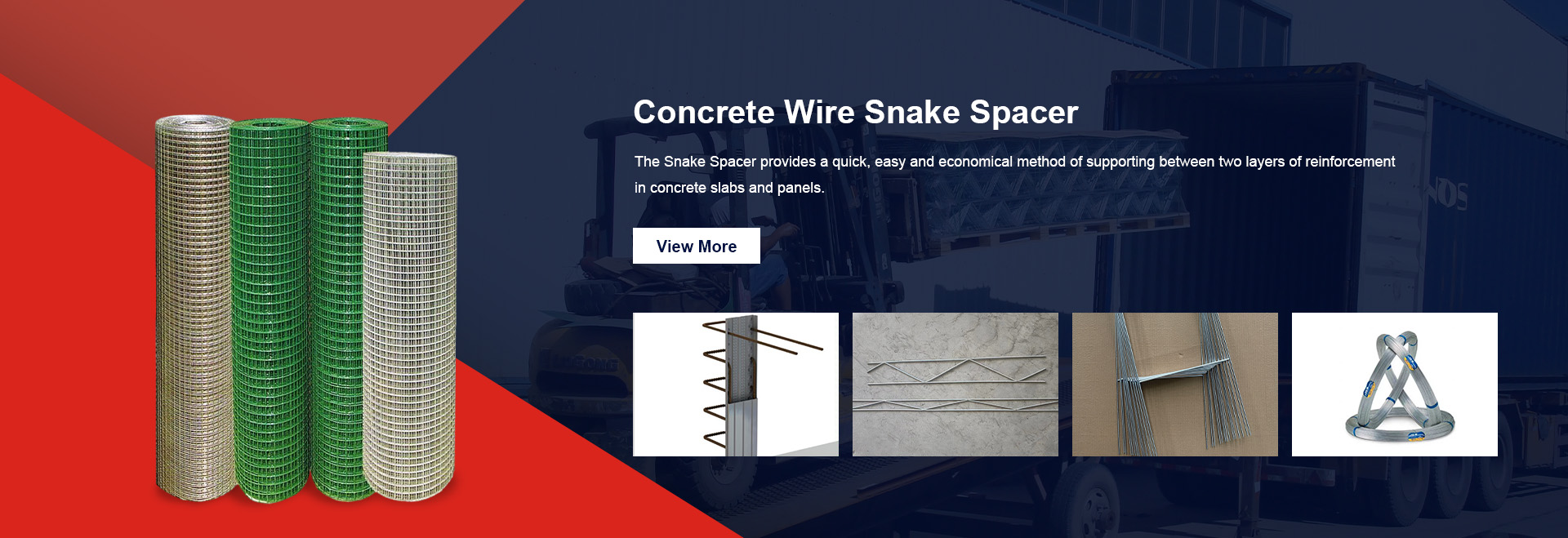
- Mobile Phone
- +8613931874955
- sales@cntcmetal.com
high temperature compression springs
High Temperature Compression Springs Engineering Resilience in Extreme Conditions
Compression springs are among the most commonly used mechanical components across various industries, providing essential support and force in numerous applications. When operating in high-temperature environments, the design and material selection for these springs become critical. High-temperature compression springs are specifically engineered to maintain optimal performance under extreme heat conditions, making them indispensable in sectors such as automotive, aerospace, and manufacturing.
Understanding High-Temperature Environments
High-temperature environments can be challenging for standard compression springs, which often lose their elasticity and mechanical properties when exposed to elevated temperatures. In such situations, the risk of spring relaxation, material degradation, and premature failure increases significantly. Therefore, understanding the specific temperature range the spring will encounter during its operation is crucial for selecting an appropriate design.
Material Selection
The first step in manufacturing high-temperature compression springs is selecting the right materials. Common materials for standard compression springs include carbon steel and stainless steel; however, these may not withstand high temperatures effectively. Instead, engineers often opt for specialized alloys and materials designed for high-temperature applications.
1. Inconel One of the most popular materials for high-temperature springs is Inconel, a high-strength nickel-chromium alloy. It exhibits excellent oxidation resistance and can maintain its mechanical properties even at temperatures above 1,000°F (537°C).
2. Music Wire and Oil-Tempered Spring Steel While these may be used in lower-temperature applications, certain heat treatments can enable them to retain their performance at moderate temperatures. However, they may not be suitable for extreme conditions in comparison with premium alloys.
3. Titanium Alloys Although more expensive, titanium alloys offer remarkable strength-to-weight ratios and excellent heat resistance, making them ideal for aerospace applications where every ounce counts.
Design Considerations
high temperature compression springs

Once the material is selected, engineering the design of high-temperature compression springs is next
. The spring's coil diameter, wire diameter, number of active coils, and end types are all vital parameters that affect its operational efficiency. For high-temperature applications, stronger and thicker wire may be used to provide additional resilience.1. Coil Design Coil design should allow for expansion due to heat without compromising performance. Springs designed with a larger pitch gradient can accommodate thermal expansion better.
2. Surface Treatment Adding surface treatments such as coating or shot peening can enhance fatigue resistance and extend the life of high-temperature springs, especially in harsh environments where friction and wear come into play.
Applications of High-Temperature Compression Springs
High-temperature compression springs see extensive use in several critical applications
- Aerospace In aircraft engines, components must withstand extreme temperatures, making high-temperature compression springs essential for stabilizing engine parts. - Automotive In automotive engines and exhaust systems, these springs endure high thermal stress, requiring robust designs that can handle sudden temperature variations.
- Industrial Equipment Many manufacturing processes involve heated equipment where high-temperature compression springs provide reliability and performance.
Conclusion
As industries continue to push the boundaries of technology and engineering, the demand for high-temperature compression springs will only increase. Their ability to provide reliable performance under extreme conditions is paramount to ensuring the functionality and safety of critical components in various applications. By focusing on advanced materials and thoughtful design, manufacturers can develop springs that not only meet but exceed the demands of high-temperature environments, paving the way for innovation and efficiency across multiple sectors.
share:
-
Yard Sign Stakes: Reliable Guardians of Outdoor SignsNewsAug.04,2025
-
Wall Ties: Invisible Guardians of Building StabilityNewsAug.04,2025
-
Resilient Web: The Super Guardian Power of Concrete MeshNewsAug.04,2025
-
Masonry Accessories: A versatile assistant on building foundationsNewsAug.04,2025
-
Iron Binding Wire: the 'invisible reinforcement specialist' in the fields of architecture and industryNewsAug.04,2025
-
Dynamic Spring: The diverse functions and excellent performance of Wire Tension SpringNewsAug.04,2025
-
Your Source for Concrete Wall Ties and Masonry AccessoriesNewsJul.10,2025



















